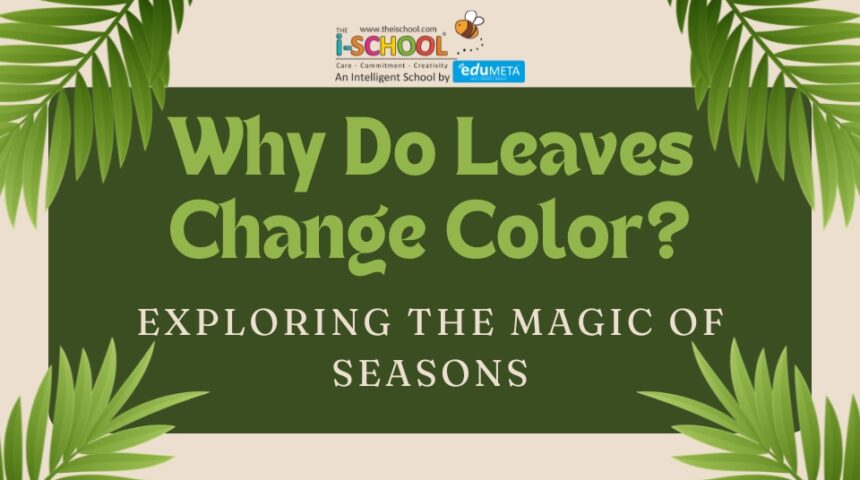Why Do Leaves Change Color? Exploring the Magic of Seasons

As the crisp air of autumn begins to fill the atmosphere, something magical happens in nature—leaves that were once a vibrant green transform into brilliant shades of red, orange, and yellow. For preschoolers, this change can seem like a wonder straight out of a fairy tale. But why do leaves change color, and what does this tell us about the changing seasons?
The Magic Behind the Colors
Leaves are green during spring and summer because of a pigment called chlorophyll. Chlorophyll helps plants make food from sunlight, a process called photosynthesis. As the days become shorter and the temperatures drop in autumn, trees start to prepare for winter. They slowly stop making food, and the chlorophyll begins to break down.
As the green color fades, other pigments in the leaves start to shine. Carotenoids bring out the yellows and oranges, while anthocyanins create the reds and purples. These colors were always there, hidden under the green, but they finally get their chance to show off as autumn arrives.
Seasons and Their Secrets
The changing colors of leaves are a sign that the seasons are shifting. In autumn, the days get shorter, and the weather becomes cooler. Trees respond to these changes by getting ready for winter. They stop making food, and the leaves eventually fall, leaving the tree to rest until spring.
For preschoolers, this can be an exciting time to explore nature. Collecting colorful leaves, watching them fall, and learning about the seasons are wonderful ways to engage with the world around them.
A Magical Connection to Nature
Understanding why leaves change color can help young children connect with nature in a deeper way. It’s a reminder that nature has its own rhythms and cycles, and by observing them, we can learn more about the world we live in. So the next time your little one marvels at a red or yellow leaf, you can share the story of how and why it got its color—a story filled with the magic of seasons.
